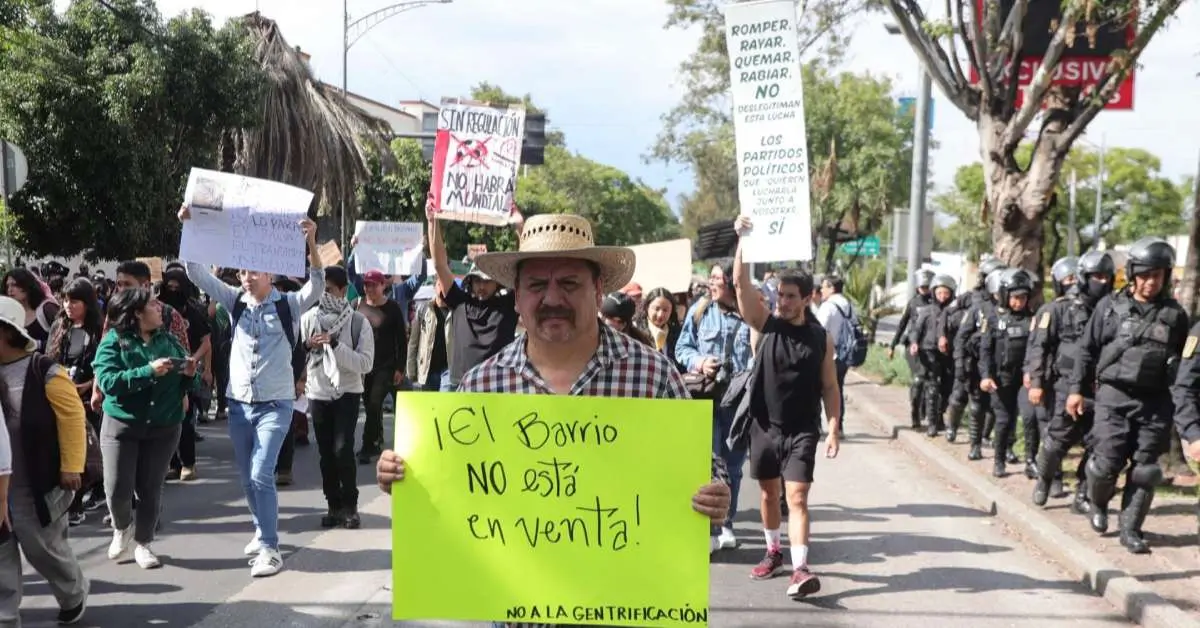Are foreign retirees fueling gentrification in Mexico? Explore the real estate impact, displacement, and cultural tensions in CDMX, Vallarta, and San Miguel . . .


Are foreign retirees fueling gentrification in Mexico? Explore the real estate impact, displacement, and cultural tensions in CDMX, Vallarta, and San Miguel . . .

